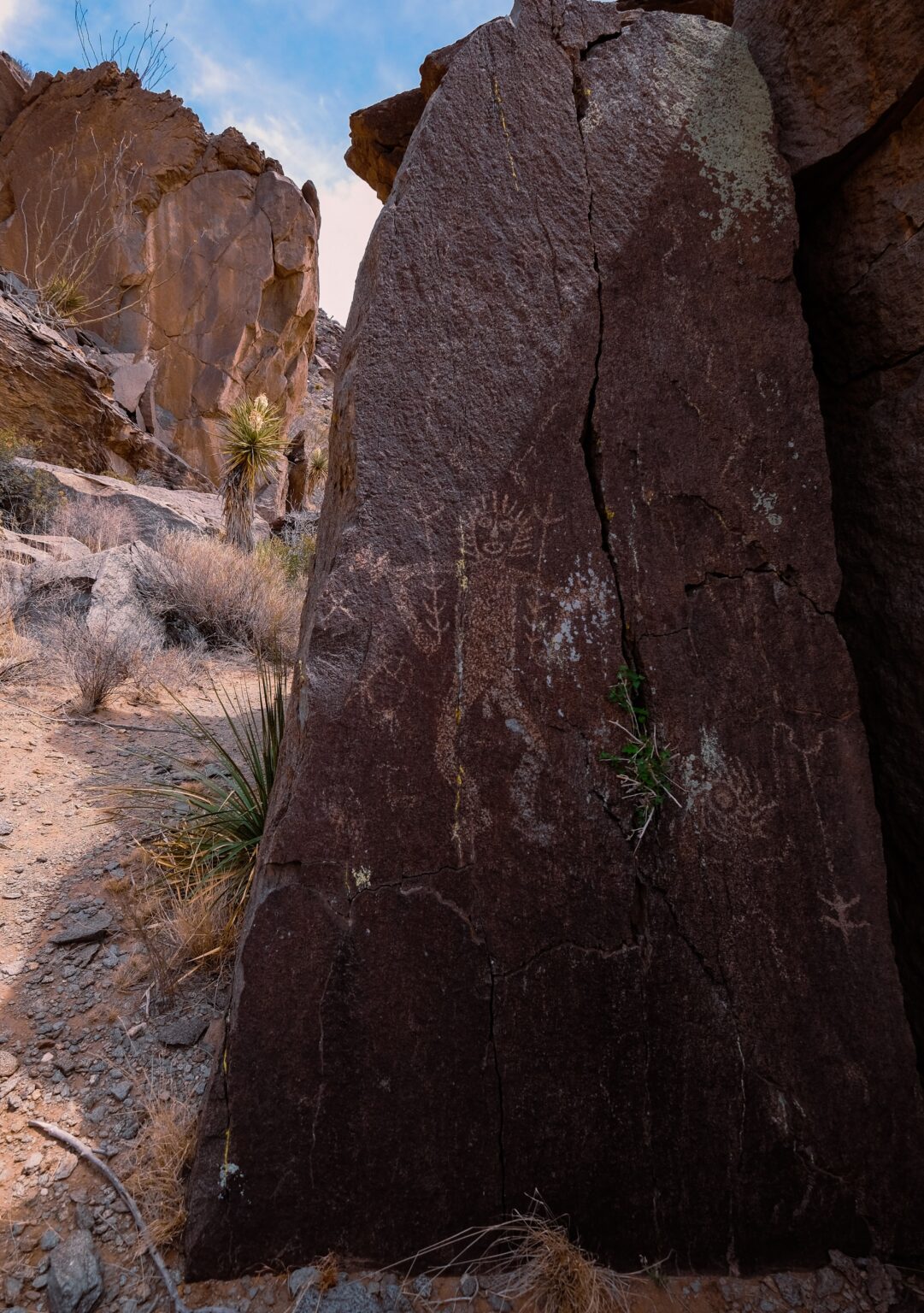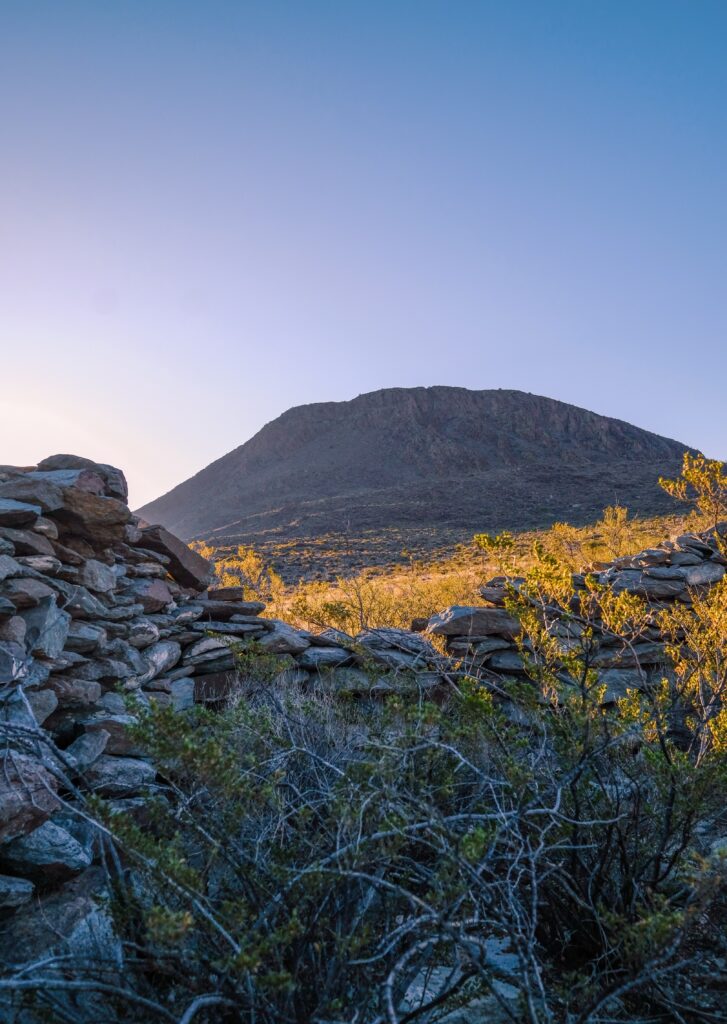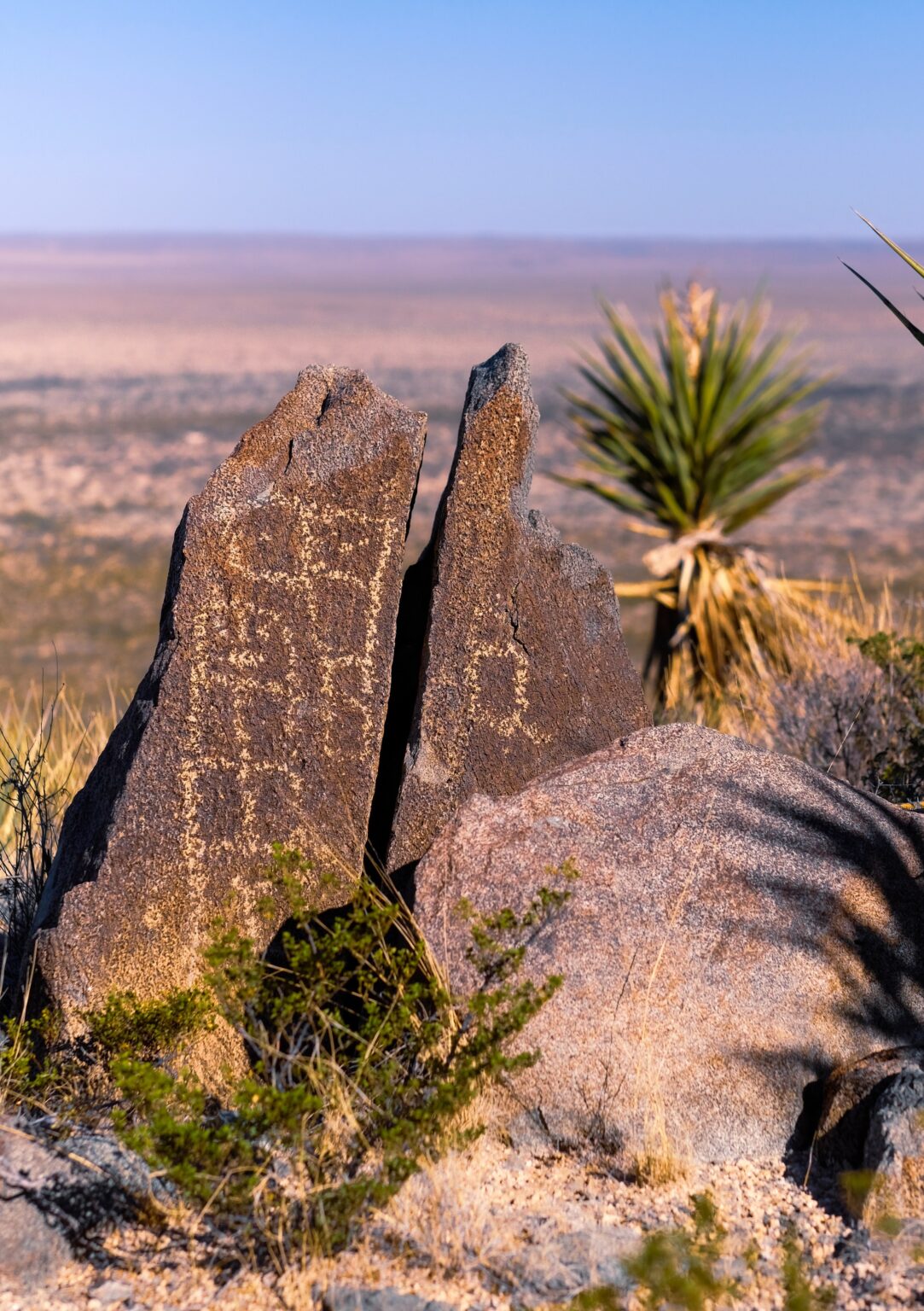A Historic Landscape
History is written on the face of Otero Mesa. Clovis hunters ranged across these lands in search of mammoths and bison fifteen centuries ago. In the caves of Otero Mesa, evidence has been uncovered of human occupation as far back as 40,000 years ago. Many Native Americans lived here, including Mescalero, Chiricahua, and Lipan Apache Tribes. Apache Tribes and their ancestors made the Mesa home because of the abundant herds found at its springs and the medicinal plants found in its transitional zones. Members of the Apache Tribes continue to live in this area and visit the Mesa as part of their culture.
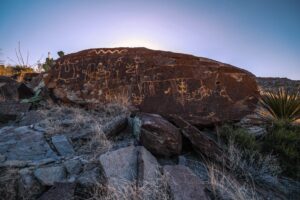
Puebloan people also lived on Otero Mesa. Tiwa, Piro, and Tompiro peoples from Isleta Pueblo, the Salinas Pueblos, and the Rio Abajo region of New Mexico migrated south, under duress, during the Pueblo Revolt of 1680.
Many others have lived on these lands or passed through on their way farther West. Spaniards, Mexicans, and Anglo-Americans brought their distinctive cultures to the region. As a result, it has been a land where cultures collided, where hostilities arose over limited resources, and where the history of North America is written in its plains and canyons.
As humans, we tend to return to places of value. Often the greater the value, the longer the lands have been occupied.
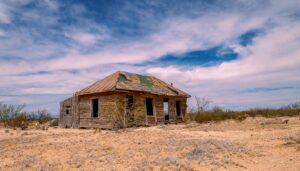
There is no wonder, then, that Otero Mesa holds so much historical value. From Paleo-Indian rock shelters to beautiful rock art to an abandoned hardscrabble ranch, the Mesa offers a unique historical perspective of our country.
These valuable and irreplaceable cultural resources are being placed in jeopardy. The threat of oil and gas exploration, mining, inappropriate recreational activities, and other threats all could contribute to the loss of this remarkable historical record. In such a fragile and sensitive landscape as Otero Mesa’s Chihuahuan Desert grasslands, it takes so little to destroy our heritage.
